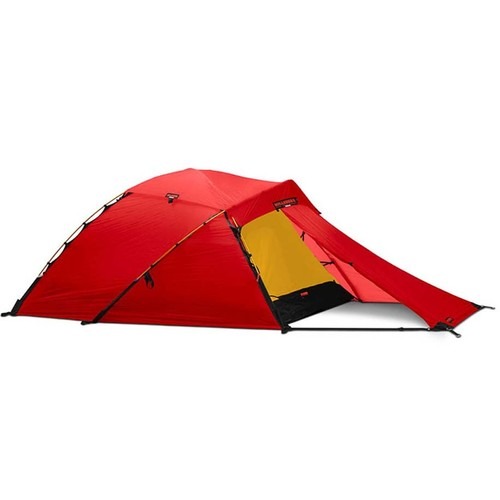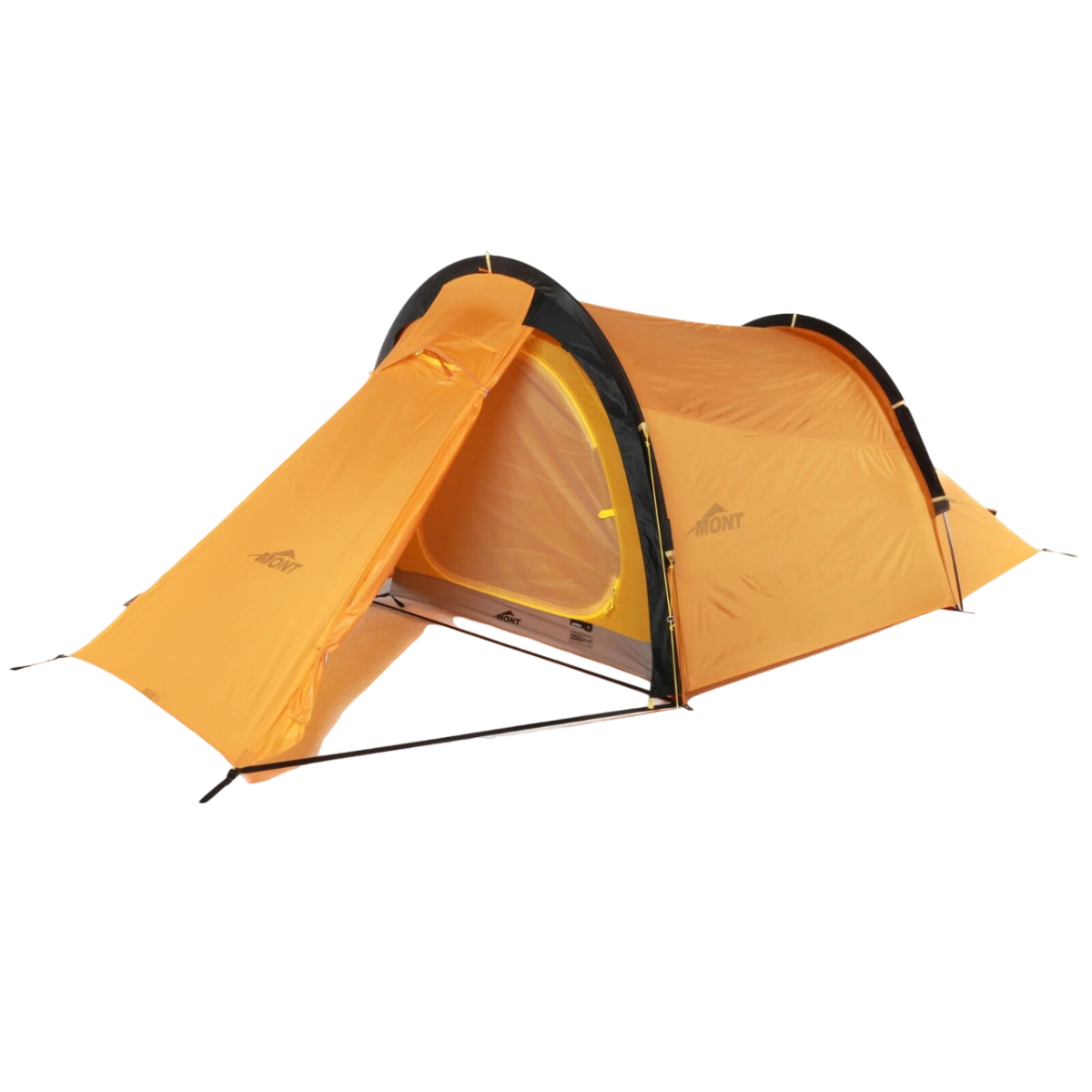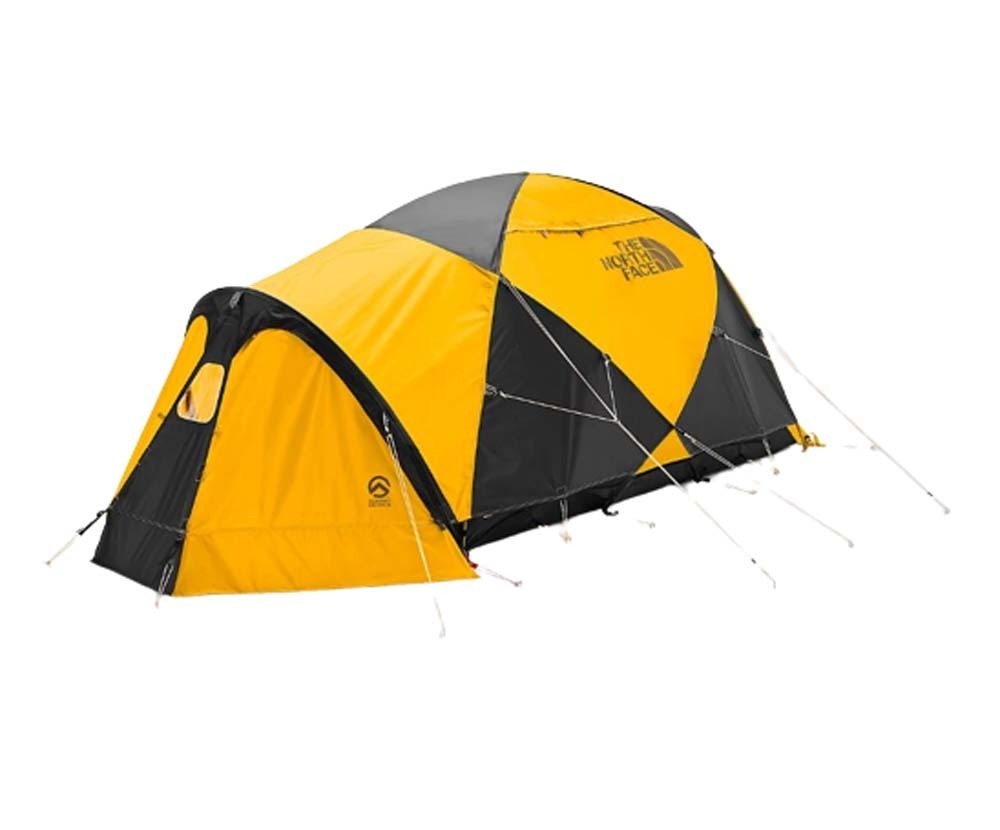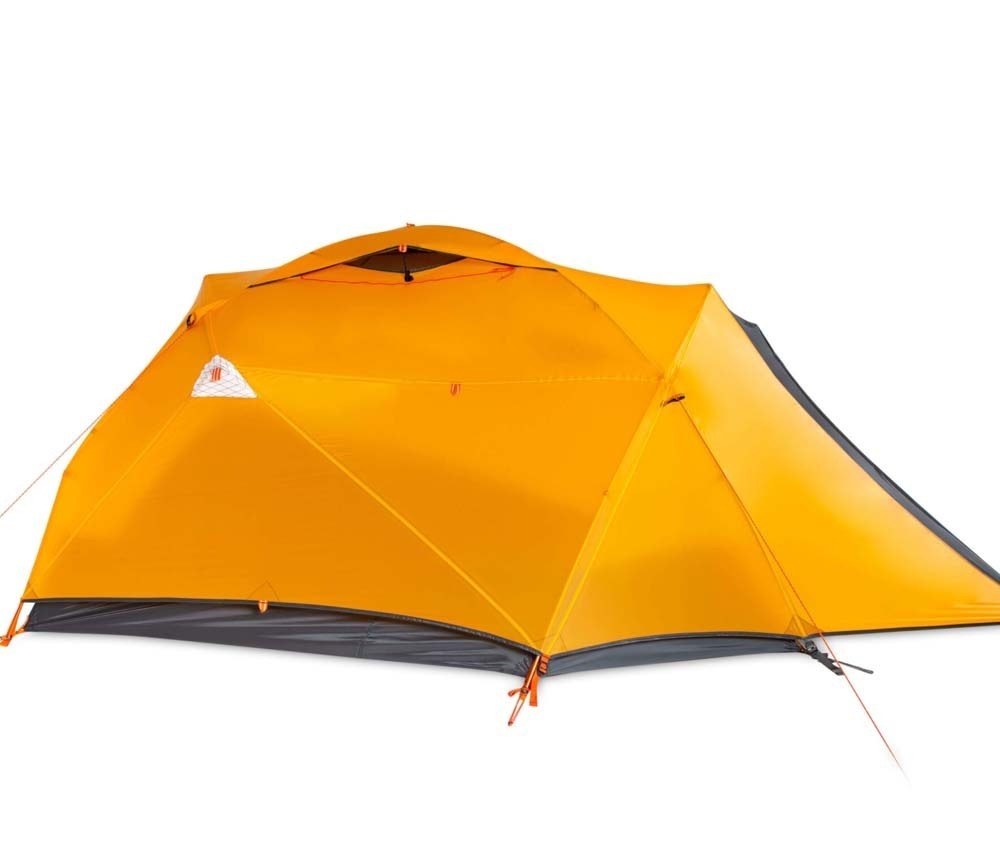Total Items: 0
Sub Total: $0.00

Winter camping isn’t just about surviving the cold—it’s about thriving in it. Whether you’re up high in the Snowies, battling gale-force winds, or setting up camp in a snow-dusted forest, having the right tent can make or break your trip.
Quick Comparison Table
|
|
|
|
|
|
|
|
|
|
|
|
|
|
|
|
|
|
|
|
|
|
|
|
|
|
|
|
|
|
|
|
|
|
|
|
But here’s the thing: there’s no such thing as the perfect tent. It’s all about trade-offs. Whether you’re cutting weight for a fast-and-light mission, looking for something bombproof to handle savage storms, or just trying to find that sweet spot between comfort and durability, it’s all about finding the right tool for the job.
The good news? Whether you’re looking for something ultralight to shave grams off your pack or a bombproof shelter that laughs in the face of snowstorms, there’s something here that’ll suit your adventures. From serious expeditions to relaxed weekend trips, here’s a lineup of the best winter tents of 2025.
Best Overall Winter Tent: Hilleberg Jannu
I’ve always been a fan of Hilleberg tents, partly because of the attention to detail and craftsmanship that goes into each one. Every Hilleberg tent has a hand-signed name tag from the person who assembled it—something you don’t see from other brands. It’s like the tent maker is putting their own reputation on the line with every tent that leaves the factory in Europe.
The Jannu is part of Hilleberg’s Red Label series, which means it’s built for general all-season use where you need both strength and low weight. But honestly, Hilleberg’s quality is so high that the Red Label series is more than enough for most people. The Black Label tents are their full-blown extreme models, built for the absolute worst conditions imaginable, but for most winter trips, the Red Label is perfectly capable.

Why It’s the Best:
The Jannu’s combination of strength, weight, and attention to detail makes it a standout for winter camping. The fact that someone actually signs off on each tent adds a level of quality assurance you don’t often see.
Cons:
Best Value Winter Tent: Mont Supercell
The Mont Supercell is the tent you want if you need something that delivers great performance without going overboard on price. It’s not a 'budget' option by any means—it’s a reliable workhorse for harsh conditions that comes in under $1000, thanks to being a home-grown Aussie brand. It’s designed to handle high wind and heavy snow load, making it a solid all-round performer for winter adventures.
I’ve seen this tent hold its own in some pretty rough conditions. If you want serious winter performance without having to remortgage your house, this one’s worth a look.
Why It’s the Best:  Great value, plain and simple. You get excellent protection, good ventilation, and a setup that’s light enough for hiking but tough enough for winter conditions. Perfect if you’re keen to get out there without blowing your whole budget.
Great value, plain and simple. You get excellent protection, good ventilation, and a setup that’s light enough for hiking but tough enough for winter conditions. Perfect if you’re keen to get out there without blowing your whole budget.
Pros:
Cons:
Best Expedition Winter Tent: The North Face Mountain 25
The North Face Mountain 25 is built to be a fortress in harsh conditions. Whenever I’m out in the high mountains of Nepal, Japan, or New Zealand, this just might be the tent I see the most often. It’s a go-to for serious expeditions and it’s easy to see why—it’s reliable, durable, and designed to handle punishment from the elements.
The Mountain 25 is on the heavier side compared to some other four-season tents, but that’s the trade-off you make for strength and livability. The spacious design, solid ventilation, and bombproof construction make it a go-to for mountaineers, guides, and anyone who needs a tent that’ll keep them safe when the weather turns savage.

Why It’s the Best:
For high-altitude mountaineering, winter camping, and base camping, it’s hard to find something as robust and spacious for the price. Whether you’re dealing with heavy snow, high winds, or just needing something solid for base camp, the Mountain 25 has earned its reputation.
Pros:
Cons:
Best Ultralight Winter Tent: Hyperlite Ultamid 2
There’s just something about Hyperlite gear that draws you in. Maybe it’s our fascination with Dyneema Composite Fabric or that minimalist, ultralight ethos they do so well. Every time new Hyperlite gear arrives in the store, it's hard not to get a little bit excited.
The Hyperlite Ultamid 2 is a classic example. At just 534 grams for the fly only (no poles, no inner, no pegs), it's ridiculously light. But that also means it’s a bare-bones setup. You’ll need to bring your own poles and pegs—most of the time in winter, you’ll have trekking poles or ski poles with you anyway, so it’s not a big deal. It’s worth practising the setup before heading into the hills, especially if you’re used to freestanding tents. You just have to factor that into the weight. If you prefer, you can also purchase a carbon pole, floor, or inners separately to customise your setup.
The packed size is impressively compact at 21 x 15 x 14 cm, making it easy to stash in your pack. Sure, it’s not cheap, but the high-quality materials and minimalist design are what make it a top pick for anyone prioritising weight savings without sacrificing weather protection.
.png)
Why It’s the Best:
The Ultamid 2’s ability to handle harsh weather with such a minimalist design is impressive. If you’re looking to save weight but still want serious weather protection, this is it. Just remember—this comes as a fly-only setup, so you’ll need to plan accordingly.
Pros:
Cons:
Best Versatile Winter Tent: Nemo Kunai
The Nemo Kunai really is the definition of versatile. It’s the kind of tent that could honestly be the only one you own, whether you’re beach camping in summer or snow camping in winter. As an all-round hiking tent, it’s a bit heavier than some of the ultralight options, but that’s because it’s built to handle pretty much anything.
It’s not the lightest tent out there, but if you’re heading into unpredictable conditions or only want to own one tent, this versatility is worth its weight.
One of the clever features of the Kunai is the dual-layered "windows" on the inner tent. It’s got mesh for warmer conditions, but you can zip over a second layer when things get cold and gnarly. It adds a bit of weight, but the adaptability is totally worth it. I own one of these personally and love it.

Why It’s the Best:
With its ability to adapt to different environments and handle serious conditions, the Kunai is a real all-rounder. It’s built to shed wind, rain, and snow effectively thanks to its tapered shape and tough DAC poles. If you’re after a tent that’s as comfortable in the snow as it is at a beachside campsite, this is it.
Pros:
Cons:
Conclusion
And there you have it—five of the best winter tents of 2025, each one suited to a different style of adventure. Whether you’re chasing big mountains, long-distance hikes, or just want something reliable for all-around use, these tents have you covered.
I’ve tested a lot of tents over the years, and these five are the ones I keep coming back to. They’re the ones that get recommended to mates when they ask me what’s worth spending their money on.
Check them out at Wild Earth, and find the perfect winter tent for your next adventure.
Happy camping!